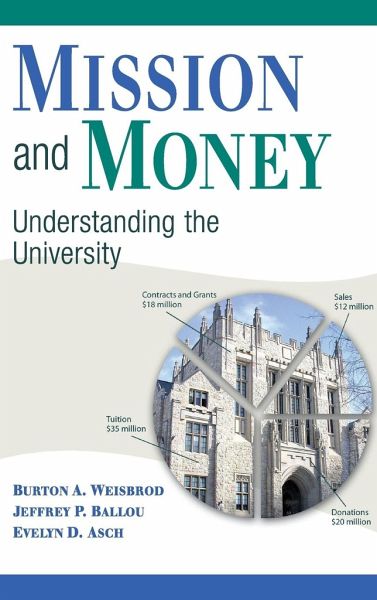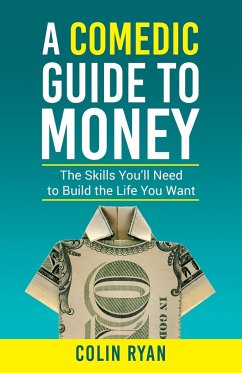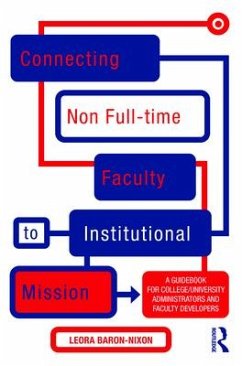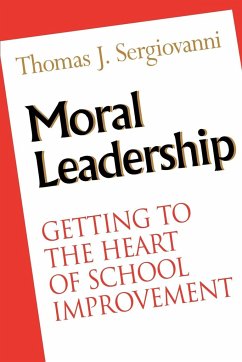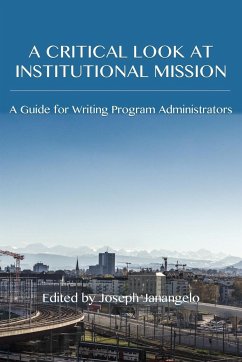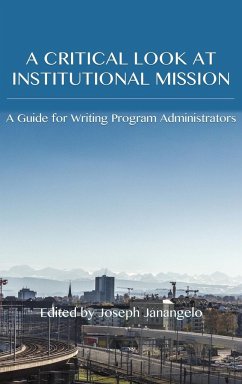Mission and Money
Versandkostenfrei!
Versandfertig in 1-2 Wochen
Weitere Ausgaben:

PAYBACK Punkte
19 °P sammeln!




This book examines the entire higher education industry and includes the rapidly growing for-profit schools.
Burton A. Weisbrod is John Evans Professor of Economics and Faculty Fellow of the Institute of Policy Research at Northwestern University, Evanston, Illinois. His publications include 15 authored, coauthored, or edited books, including the landmark study The Nonprofit Economy (1987) and To Profit or Not to Profit: The Commercial Transformation of the Nonprofit Sector (Cambridge University Press, 1998), as well as nearly 200 articles in journals such as the American Economic Review, the Quarterly Journal of Economics, the Journal of Political Economy, and the Journal of Policy Analysis and Management. Professor Weisbrod is an elected Member of the Institute of Medicine of the National Academy of Sciences as well as Fellow of the American Association for the Advancement of Science, and he is a former elected member of the Executive Committee of the American Economic Association. A former Guggenheim Foundation and Ford Foundation Fellow, and senior staff member of the US Council of Economic Advisers, he recently completed terms as a member of the National Advisory Research Resources Council of the National Institutes of Health and as Chair of the Social Science Research Council Committee on Philanthropy and the Nonprofit Sector. Professor Weisbrod has received the Lifetime Research Achievement Award of the Association for Research on Nonprofit Organizations and Voluntary Associations and the American Public Health Association's Carl Taube Award for Outstanding Contributions to the Field of Mental Health Services Research. He is included in biographical listings such as Who's Who in Economics and Who's Who in Science.
Produktdetails
- Verlag: Cambridge University Press
- Seitenzahl: 356
- Erscheinungstermin: 31. Juli 2015
- Englisch
- Abmessung: 235mm x 157mm x 24mm
- Gewicht: 666g
- ISBN-13: 9780521515108
- ISBN-10: 0521515106
- Artikelnr.: 23882126
Herstellerkennzeichnung
Libri GmbH
Europaallee 1
36244 Bad Hersfeld
gpsr@libri.de
Für dieses Produkt wurde noch keine Bewertung abgegeben. Wir würden uns sehr freuen, wenn du die erste Bewertung schreibst!
Eine Bewertung schreiben
Eine Bewertung schreiben
Andere Kunden interessierten sich für




